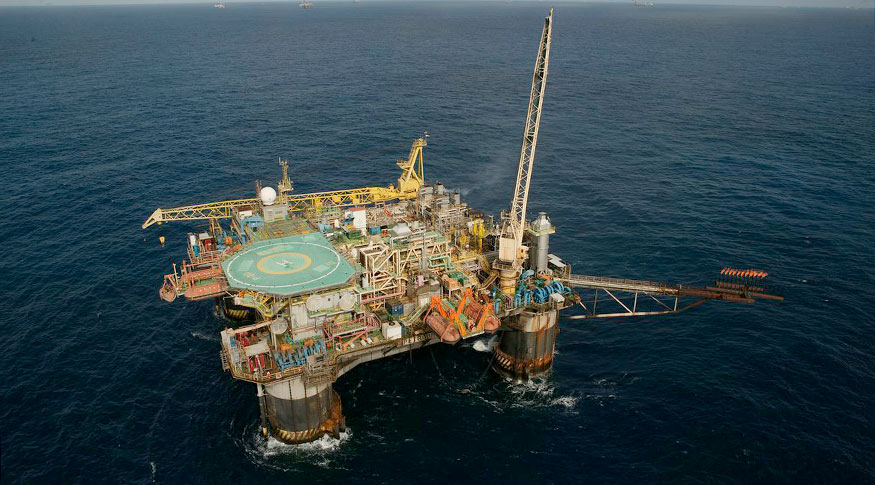IPP
Industrial inflation stays at 1.83% in May, accumulates 9.06% in the year
July 01, 2022 09h00 AM | Last Updated: July 01, 2022 02h10 PM

The prices in the industrial sector rose 1.83% in May 2022 in relation to April. The change had been 2.08% between March and April. The cumulative indicator in the year hit 9.06%, the second highest rate for May in the time series. The index that records the cumulative result in the last 12 months hit 19.15%.
Once again, the mining and quarrying industry stands out with the highest change (12.50%) - after a negative change (-11.54%) in April - and the greatest influence: 0.66 percentage points (p.p.). The data are from the Producer Price Index - IPP, released today (1) by the IBGE.
“The two products with the highest weight in the mining and quarrying industries - crude petroleum oil and iron ore - were the highlights in the May´s IPP for similar reasons. After a cumulative valuation in the first months of the year, the currency devaluated in May, which, all other things remaining constant, causes an increase in the amount of reais earned by products quoted in foreign currency, like petroleum and ore. In the case of crude petroleum oil, the foreign prices recovered in May and, in the particular case of ore, a recovery is perceived in the second half of the month, the period in which the Brazilian exports of the product were concentrated. The combination between currency devaluation and recovery of foreign prices is important to explain the increase in the prices of the mining and quarrying industries, the major responsible for the overall result this month,” explains Felipe Câmara, an analyst of the survey.
It is worth reminding that the mining and quarrying industries also stood out in April, though on the negative side (-11.54%). The analyst mentions that the reasons are similar - currency dynamics and foreign prices -, though with an opposite movement. “Currency valuation was registered in April and the foreign prices of petroleum and ore were lower. Due to the volatility of the prices of these two commodities and to the weight that the mining and quarrying industries represent in the calculation of the overall index, the sector remained a highlight in the last months, either when it changed negatively or positively,” analyzes Câmara.
The IPP measures the change in prices of products at the "factory gate", without tax or freight, of 24 activities of mining and quarrying and manufacturing industries. Of them, 21 rose in May.
The four sectors with the highest changes, in absolute terms, were: mining and quarrying industries (12.50%); pulp and paper (4.96%); tobacco (4.55%); and other transportation equipment (3.96%). The major influences occurred in: mining and quarrying industries (0.66 p.p.), petroleum refining and biofuels (0.36 p.p.), pulp and paper (0.14 p.p.) and basic metals (0.14 p.p.).
In contrast with the sectors that pressed the prices in May upwards, like mining and quarrying industries and petroleum refining and biofuels, some sectors with an important weight in the calculation of the IPP recorded a less intense change this month, helping to explain the lower change perceived in the overall index over the last three months.
This is the case of the food industry (the highest weight in the calculation), which decelerated its prices (0.32% in May), affected by the end of the soybean harvest, and the higher level of cattle slaughter, which increased the supply in these two chains, pressing the average price of the sector downwards, highlights Câmara.
In addition to the manufacture of food, another activity with an important weight, the sector of other chemicals, changed -1.31%, reflecting the reduction in the foreign prices of fertilizers against the period between harvests in Latin America.
“In the whole picture, the combination of currency and foreign prices was important to determine the industrial inflation in May. In addition, the industry still faces supply constraints, with cost pressures in the acquisition of raw materials, fuels and energy in general. Nevertheless, the contrast in the current month, associated with the seasonality of the global and domestic food industry, has also impacted the foreign market of fertilizers,” summarizes the analyst.
Under the point of view of the major categories, intermediate goods and capital goods surpassed the average inflation. The increase in the intermediate goods is highly associated with the increase in the mining and quarrying industries previously mentioned, but also to its impact in the costs of the downstream chains, like steel and refining, along the months “In the particular case of capital goods, the higher prices of agricultural machinery and equipment stands out, in a period in which the capital investment for the planting in the second semester of the year is being planned,” concludes him.
More about the survey
The IPP aims at measuring the average change of sale prices received by the domestic producers of goods and services, as well as their evolution over time, signaling the short-term inflationary trends in Brazil. It is a key indicator for the macroeconomic follow up and, consequently, a valuable analytical instrument for decision makers, either public or private.
The survey investigates, in slightly more than 2,100 enterprises, the prices received by producers, free from tax, tariffs and freight, defined according the most usual commercial practices. Nearly 6 thousand prices are collected monthly. The complete tables with the results are available at Sidra.



















